This is a question that comes up (very) regularly! It must be said that the proliferation of labels frankly does not help the consumer to find his way around.AB, HVE, Terra Vitis, Biodyvin , Demeter.follow the guide to better understand the differences between all these growing methods and their labels.
Conventional wines
The so-called "conventional" agriculture is today the most widespread in France and represents nearly 85% of the vineyard.This authorizes winegrowers to use many chemical products in the vineyard (synthetic pesticides, non-organic fertilizers, etc.) and during vinification (non-organic yeasts, different types of acids, oenological tannins, etc.) Many inputs can thus be used to correct possible faults in a wine. In addition, the maximum authorized doses of sulfur dioxide (the famous sulphites), used to better preserve wines, are higher compared to organic or biodynamic agriculture.
However, it is important not to generalize. If certain industrial groups or winegrowers with little regard use these products out of habit or out of a desire to produce more, this does not mean that all areas of conventional agriculture are in this case, far from it.
Indeed, most of the wine properties using this method of cultivation define themselves as practicing "reasoned agriculture". Without going into too many details, this expresses the will of the winemaker or winemaker to limit the number of inputs and to find a balance between respect for nature and production.
The main labels corresponding to this type of agriculture are “Terra Vitis” and “HVE » (High Environmental Value). While some consider these to be a form of "greenwashing", they can also be seen as a first step towards organic.


Organic wines
Organic farming currently represents approximately 14% of French vineyards and has been growing by more than 20% for several years now. In particular, this imposes stricter rules of conduct for the vineyard but also for winemaking (which was not the case before 2012).
Indeed, unlike conventional agriculture, synthetic pesticides are strictly prohibited here and the maximum authorized doses of sulfites are also limited compared to so-called "classic" agriculture ( -25% for whites and -33% for reds). In addition, the number of inputs that can be used during winemaking is also reduced and these must obviously have organic certification.
Warning though: organic farming is not a zero-pesticide method. Indeed, it is necessary to make the distinction between synthetic pesticides (from chemistry) and natural pesticides (of vegetable, animal or mineral origin). In organic, only the latter are authorized. Certain treatments used are also subject to debate, in particular the use of Bordeaux mixture and therefore copper, a fungicide that does not degrade in the environment. Finally, organic certification does not take into account the carbon footprint of the estates, a point on which some winegrowers in sustainable agriculture are sometimes more advanced.
Nevertheless, it is widely accepted that running a vineyard organically is far more environmentally friendly than following the conventional route. This makes it possible to better preserve the life of the soil, to pollute the groundwater less or to preserve human health thanks to healthier consumption (not to mention the benefits for the workers of the vineyard or the residents).

Biodynamic wines
biodynamics only represents a very small part of the reality of French viticulture: only 1% of surface area! The 2 labels certifying it are "Demeter" and "Biodyvin".Demeter is often the most visible label while Biodyvin wants to be more elitist by selecting its members through tastings to also validate the quality of the vintages offered.
The origins of the biodynamic method date back to the 1920s when it was theorized by Rudolph Steiner. The general idea being for the winemaker to be the least interventionist possible and to make his vineyard a living space in total symbiosis with its environment. Treatments in the vineyard are therefore done by homeopathic doses of natural products and follow the lunar calendar. In this logic, all chemical inputs are therefore banned in viticulture as in winemaking. Only sulfur dioxide can be used, but in even smaller doses than in organic farming.
Biodynamics can, however, sometimes be criticized because its origins did not initially rest on any scientific basis. Indeed, Rudolph Steiner was neither a farmer nor a winemaker, and his method is filled with esoteric, philosophical, even magical considerations! This is why many winegrowers following biodynamic precepts focus above all on following the most concrete and realistic points developed by it.
Anyway, and after a few modest years of professional tasting, I generally find that when the terroir and the vegetal material are of good quality and when the winemaker is competent, biodynamics generally allows a much more precise expression of the wines and gives them a real identity. However, I can fully understand that some cuvées can surprise uninitiated palates!


Natural wines
Finally, as for natural wine, it goes even further than organic or biodynamic by purely and simply prohibiting all inputs in the vineyard as well as in the cellar. Only sulfur dioxide (SO2) is allowed in minimal quantities but even lower than those allowed in biodynamics.
Within this category of natural wines, we finally find S.HASINOTS (Without Any Inputs Or Sulfites), the latter taking up the precepts of natural philosophy but totally prohibiting the use of sulfites to make wine a product without almost any human or chemical artifice.

Conclusion
You will have understood that nuance is indeed a must in wine and the reality is sometimes more complex than a simple label. Nevertheless, the strong development of organic and to a lesser extent of biodynamics goes in my opinion in the right direction in order to find a healthy viticulture, expressing a terroir and an identity while respecting nature as well as people (winemakers and consumers).
So don't hesitate to call on La Cave Éclairée to guide you in your choices: a fine selection of quality organic and biodynamic wines are indeed available at your favorite online wine merchant!
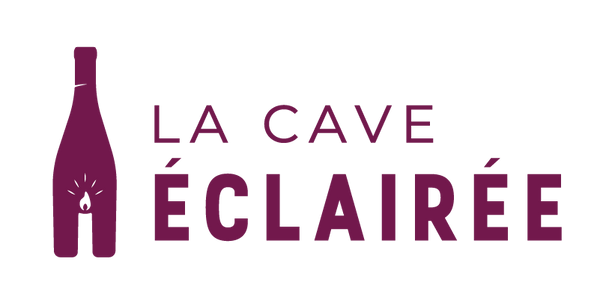







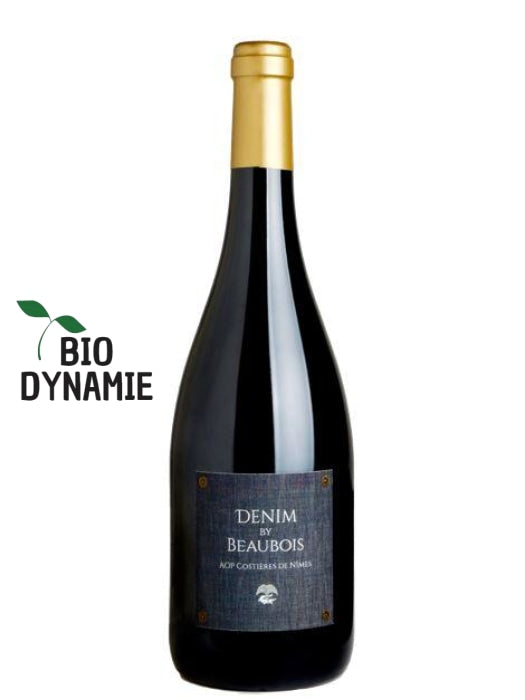






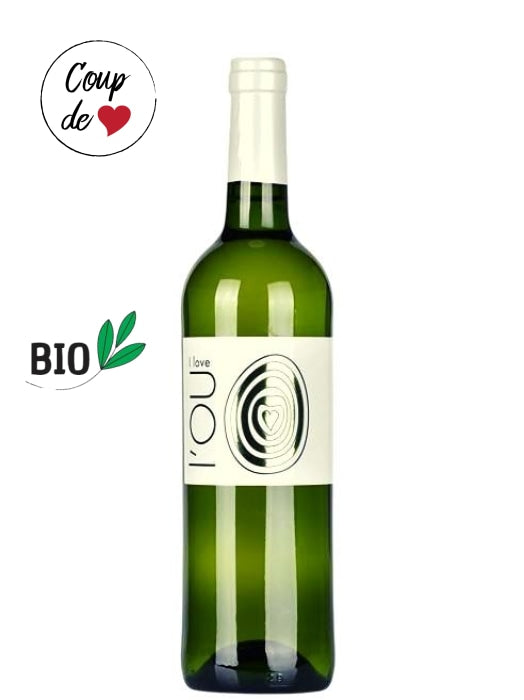









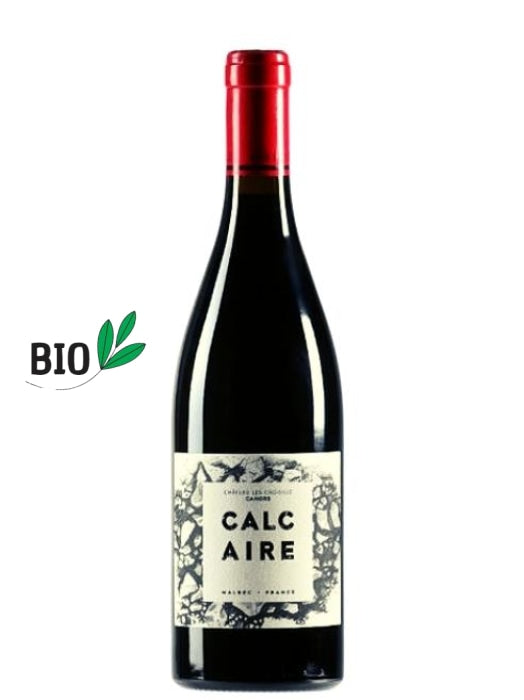


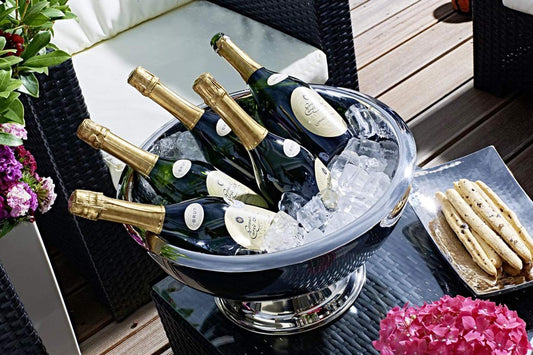
1 comment
Super article ! C’est précis et simple à comprendre pour les mecs qui boivent sans trop savoir comme moi ! dur de bien faire la différence entre bio/biodynamie/nature, c’est parfaitement expliqué.
Longue vie à la Cave.